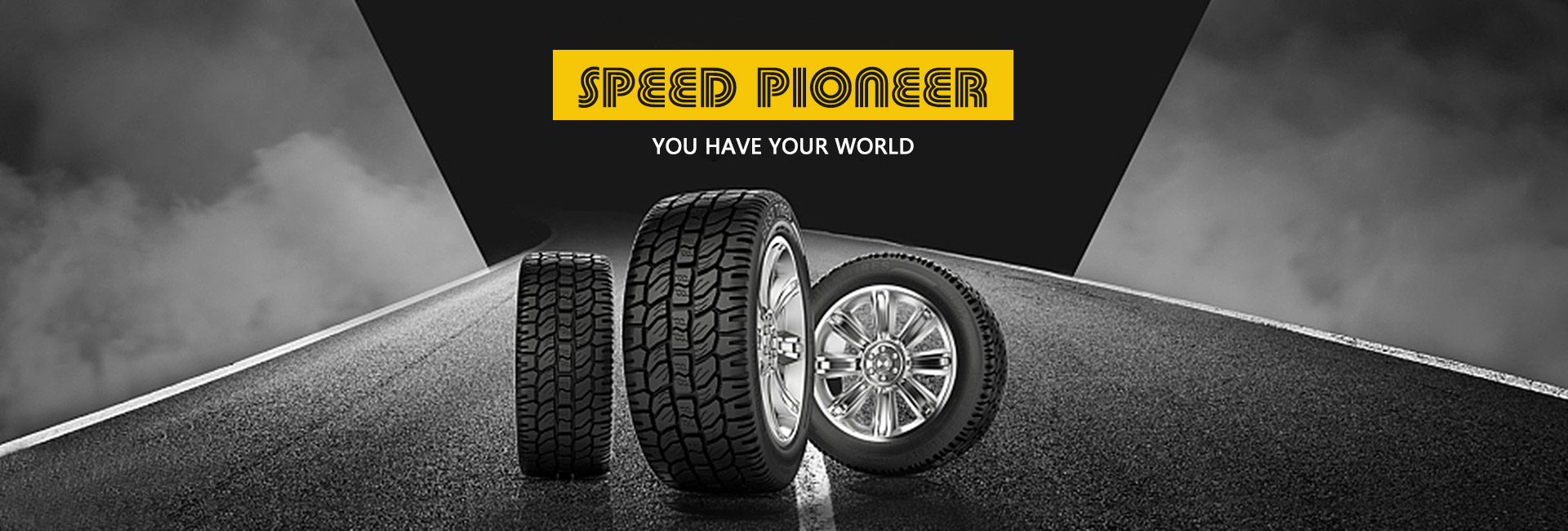Comparing Wrought Iron and Cast Iron Properties and Uses in Modern Applications
Wrought Iron vs. Cast Iron Understanding the Differences and Applications
When discussing iron, many people mention wrought iron and cast iron interchangeably, but they are fundamentally different materials with unique properties, advantages, and applications. Understanding these differences is crucial for architects, builders, artists, and anyone involved in metalwork. In this article, we will explore the distinctions between wrought iron and cast iron, including their production processes, characteristics, and practical uses.
Production Processes
The primary difference between wrought iron and cast iron lies in their production processes. Wrought iron is created by heating iron ore in a forge and then hammering it to remove impurities and shape it into desired forms. This process compresses the iron, aligning its internal structure and giving the final product a fibrous texture. Wrought iron typically contains less than 0.08% carbon and is known for its malleability and ductility.
In contrast, cast iron is produced by melting iron in a furnace and pouring it into molds. This method allows it to take on various shapes and sizes but also leads to a different internal structure. Cast iron generally contains 2% to 4% carbon along with varying amounts of silicon, making it much harder and more brittle than wrought iron. The cooling process can produce several types of cast iron gray, ductile, white, and malleable, each with distinct properties and applications.
Physical Properties
The differences in production methods result in distinct physical properties for wrought and cast iron. Wrought iron is characterized by its toughness and ability to withstand stresses without cracking. Its fibrous nature allows it to be shaped easily, making it ideal for items that require manipulation and decorative designs, such as gates, railings, and furniture.
wrought iron vs iron

On the other hand, cast iron is remarkably strong in compression but weak in tension. This makes it suitable for products requiring a firm structure, such as engine blocks, pipes, and kitchenware like skillets and Dutch ovens. The brittleness of cast iron means it can shatter under stress if not handled properly, while the toughness of wrought iron can absorb impact without breaking.
Applications in Modern Design
When it comes to applications, wrought iron is favored for architectural features and decorative items. Its ability to be shaped and welded allows for intricate designs and artistic expressions. Wrought iron is popular in contemporary outdoor furniture, fencing, and ornamental railings. Its resistance to rust, especially when coated, makes it a preferred choice for outdoor applications.
Cast iron finds its strength in a variety of industrial uses. Its durability and thermal properties make it an excellent material for cookware, such as skillets and griddles, which provide even heat distribution. In construction, cast iron is utilized in pipes, manhole covers, and even in building facades, contributing both to structural integrity and aesthetics.
Conclusion
In conclusion, wrought iron and cast iron are two distinct materials that cater to different needs and applications. Wrought iron, known for its malleability and elegance, is ideal for artistic and architectural purposes, while cast iron, with its strength and durability, serves a more utilitarian role in industry and cookware. Understanding their differences allows for informed decisions in material selection, ensuring that each iron type is utilized to its fullest potential. Whether you are an artist, a craftsman, or an engineer, recognizing the unique benefits of wrought iron and cast iron can enhance your projects and meet your functional requirements effectively.
-
Wrought Iron Components: Timeless Elegance and Structural StrengthNewsJul.28,2025
-
Window Hardware Essentials: Rollers, Handles, and Locking SolutionsNewsJul.28,2025
-
Small Agricultural Processing Machines: Corn Threshers, Cassava Chippers, Grain Peelers & Chaff CuttersNewsJul.28,2025
-
Sliding Rollers: Smooth, Silent, and Built to LastNewsJul.28,2025
-
Cast Iron Stoves: Timeless Heating with Modern EfficiencyNewsJul.28,2025
-
Cast Iron Pipe and Fitting: Durable, Fire-Resistant Solutions for Plumbing and DrainageNewsJul.28,2025
-
 Wrought Iron Components: Timeless Elegance and Structural StrengthJul-28-2025Wrought Iron Components: Timeless Elegance and Structural Strength
Wrought Iron Components: Timeless Elegance and Structural StrengthJul-28-2025Wrought Iron Components: Timeless Elegance and Structural Strength -
 Window Hardware Essentials: Rollers, Handles, and Locking SolutionsJul-28-2025Window Hardware Essentials: Rollers, Handles, and Locking Solutions
Window Hardware Essentials: Rollers, Handles, and Locking SolutionsJul-28-2025Window Hardware Essentials: Rollers, Handles, and Locking Solutions -
 Small Agricultural Processing Machines: Corn Threshers, Cassava Chippers, Grain Peelers & Chaff CuttersJul-28-2025Small Agricultural Processing Machines: Corn Threshers, Cassava Chippers, Grain Peelers & Chaff Cutters
Small Agricultural Processing Machines: Corn Threshers, Cassava Chippers, Grain Peelers & Chaff CuttersJul-28-2025Small Agricultural Processing Machines: Corn Threshers, Cassava Chippers, Grain Peelers & Chaff Cutters












